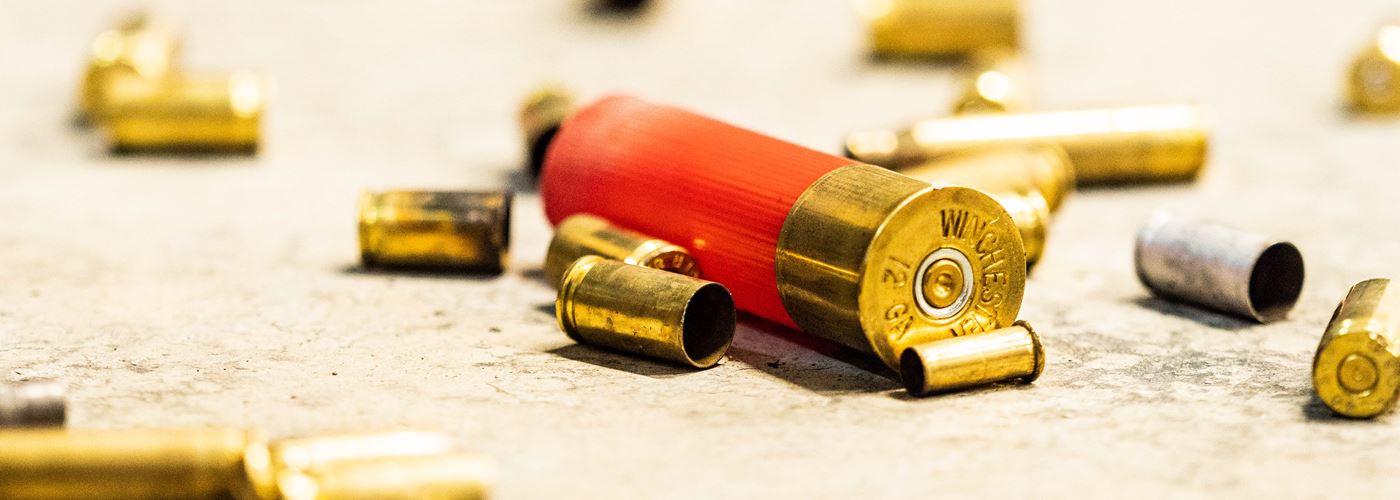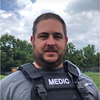
The next time you pack for the range or training class, include medical gear. If you don’t see the importance of carrying an Individual First Aid Kit (IFAK) yet, I hope to change your mind. It could make all the difference in unfortunate situations.
Let’s face it, the firearms we’re practicing and training with can cause injuries that could quickly become life threatening. After a penetrating injury, time is not on our side.
Be Prepared
I’ll bet you’ve heard a safety brief like this from a firearms instructor: “If there’s an accident during this class, there will be a cease fire. We’ll call 911 and send someone to the end of the drive so EMS knows where to go.”
Statistics show that’s not the best way to treat an injury on the range.
As the graph below demonstrates, there’s a 40 percent chance of dying seven minutes after a penetrating trauma injury, such as a gunshot wound. The average EMS response time is seven minutes. That response time increases to more than 14 minutes in rural areas. That means there’s a 40 to 50 percent chance of death while waiting for the ambulance to arrive.


A Tourniquet Saves Lives
Data and research gathered from war experience proves immediate point of injury care can decrease the chance of death. A gunshot wound to the leg can cause death in as little as three minutes, if the bullet strikes the femoral artery. However, applying a tourniquet immediately can stop blood loss, making survival likely if that’s the only injury.
The most important thing you can carry, hands down, is a Committee on Tactical Combat Casualty Care (CoTCCC)-approved tourniquet. This should be either a North American Rescue Combat Application Tourniquet (C.A.T) or a TacMed Solutions SOFTT-Wide tourniquet. Through military usage, these tourniquets have proven practical, easy to use and effective.
Purchase Cautiously
When purchasing a tourniquet, it’s important to buy from a reputable dealer. Buy directly from the manufacturer or find a reputable vendor who sells genuine tourniquets. There are countless fake and generic devices on the market that break during application or fail to stop bleeding, so buy cautiously. We’ve tested many generic tourniquets, and they rarely make it through one class without failing.
A tourniquet isn’t the only thing you should carry, but it’s a great start. We’ll talk more in-depth about IFAK’s and what should be in yours. We’ll also discuss more about tourniquets, but I urge you to carry a C.A.T. or SOFTT tourniquet every time you set foot on the range.
Also, we’ll discuss the importance of taking a trauma medical class. Just as you take firearms training courses, you also need to take a medical class. Should you ever need to apply a tourniquet or pack a bullet wound, it’s vital to have the proper training to do so quickly and effectively and buy time until EMS arrives.
Stay tuned for upcoming blog posts to learn more about being prepared for injuries caused by firearms.
